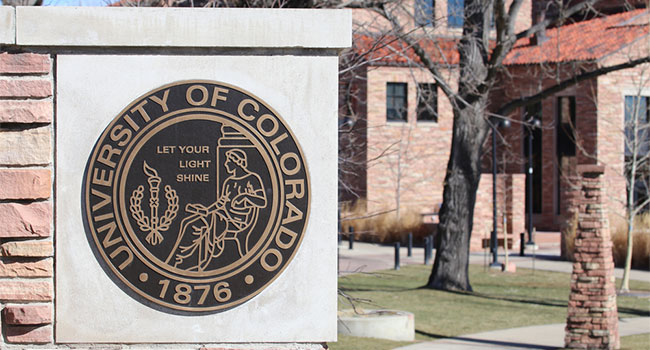
University of Colorado Receives Grant to Study Effectiveness of School Safety Protocol
Researchers will update Colorado’s school safety guidelines and evaluate how educators use the protocol to protect students.
- By Haley Samsel
- January 07, 2020
Thanks to a new grant, the University of Colorado Boulder and the Colorado School Safety Resource Center will partner up to formally evaluate the state’s Threat Assessment and Management Protocol, which provides safety guidelines and training to schools.
Using a nearly $1 million grant, the university’s Center for the Study and Prevention of Violence will study whether the state standards are achieving its goals of keeping students and staff safe, according to the university’s magazine. The protocol was first developed in 2011, but since then, little research has been done into how educators use the guidance and its effectiveness.
“If we have an evidence-based threat assessment, instrument, protocol and training—and they are being implemented as intended—then we expect to see improved school safety and thwarted attacks,” Sabrina Arredondo Mattson, a research associate with the center and one of the lead investigators for the grant, said.
The grant, funded through the Bureau of Justice Assistance’s STOP School Violence Act of 2018, will fund the evaluation project for three years. Researchers plan to “update and refine” the safety protocol and launch pilot programs in five schools, according to the university.
After gathering feedback from educators about those new guidelines, the researchers will then launch the protocol in 30 more schools and evaluate the results.
“The research will also evaluate satisfaction and cultural relevance, and assess how responsive the protocol is to the needs of students,” Arredondo Mattson said. “We want to make sure that educators feel like they can implement it with confidence.”
The new project comes just eight months after one student was killed and eight others were injured during a shooting at STEM School Highlands Ranch in suburban Denver. In the aftermath, the state legislature created a new committee focused on school safety that met several times last year to evaluate whether Colorado schools were safer than they were before the Columbine shooting in 1999.
About the Author
Haley Samsel is an Associate Content Editor for the Infrastructure Solutions Group at 1105 Media.